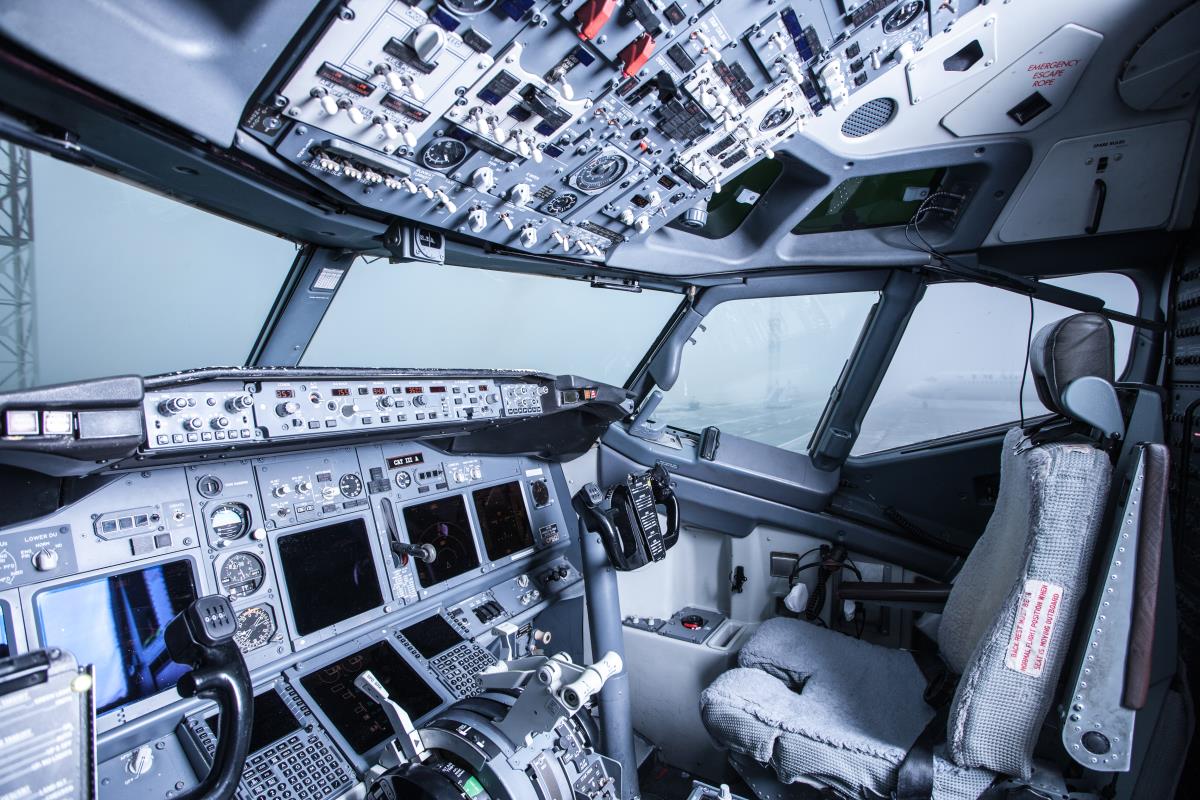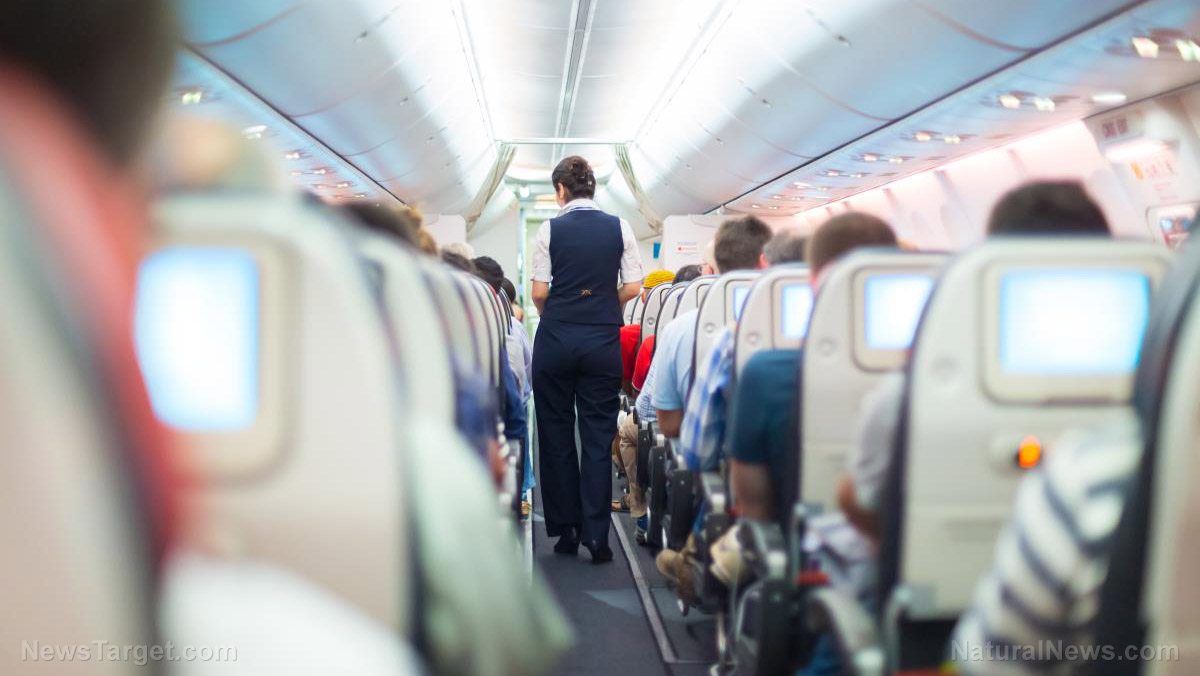
Boeing may have once been known for their craftsmanship and design, but those days could be over. In the wake of two deadly crashes, new reports reveal that Boeing outsourced programming of the 737 Max software to temp workers from countries with little background in aerospace technology. Making just $9 an hour, these outsourced workers (often from India) were tasked with developing and testing the software -- and now, 346 people are dead. Two plane crashes claimed the lives of everyone on board, and experts say these fatalities are the result of basic software mistakes.
As Bloomberg reports, the Max software was developed during a time when Boeing was laying off their most experienced engineers and pushing their suppliers to reduce expenses. Longtime employees say the call to outsource engineering work to low-wage workers undoubtedly complicated the 737 Max software issues.
Boeing's big mistake
Former Boeing software engineer Mark Rabin worked in a flight-test group that supported the Max software and says that the company was using recent college graduates employed by an India-based company, HCL Technologies, Ltd. While the HCL employees were still designing to Boeing's specifications, Rabin says there were substantial issues with their work.
“[I]t was controversial because it was far less efficient than Boeing engineers just writing the code,” Rabin commented, adding that “it took many rounds going back and forth because the code was not done correctly.”
While Boeing has made statements to reassure the public that their "primary focus is on always ensuring that our products and services are safe, of the highest quality and comply with all applicable regulations," posts from HCL employees seem to indicate otherwise.
An HCL employee reportedly summarized his duties with the Max software as such:
“Provided quick workaround to resolve production issue which resulted in not delaying flight test of 737-Max (delay in each flight test will cost very big amount for Boeing).”
Even so, HCL has issued a statement declaring that the company, "is not associated with any ongoing issues with 737 Max.”
Resumes posted to social media show that HCL employees helped Boeing develop the 737 Max flight display software, while employees from another Indian company, Cyient Ltd, handled software for flight-test equipment.
HCL stated further that the company "has a strong and long-standing business relationship with The Boeing Company, and we take pride in the work we do for all our customers. However, HCL does not comment on specific work we do for our customers."
Recent tests run by the Federal Aviation Administration (FAA) indicate that the problems with Boeing's 737 Max software run deeper than previously imagined.
Low cost, big problems
Engineers tasked with working on the Max say that Boeing put extreme pressure on them to limit changes to the software that would extend production time or add additional costs.
Rick Ludtke, a former Boeing flight controls engineer who was laid off in 2017, says that the company went to all kinds of lengths to reduce costs.
“Boeing was doing all kinds of things, everything you can imagine, to reduce cost, including moving work from Puget Sound, because we’d become very expensive here," he said.
“All that’s very understandable if you think of it from a business perspective. Slowly over time it appears that’s eroded the ability for Puget Sound designers to design," Ludtke added.
Rabin, a former software engineer laid off in 2015, recalls the day a Boeing manager said senior engineers were no longer needed because the company's products were "mature."
"I was shocked that in a room full of a couple hundred mostly senior engineers we were being told that we weren’t needed," Rabin says.
Investigators say that "the MCAS system pushed the planes into uncontrollable dives because of bad data from a single sensor," -- and a warning light that might have alerted crews to the problem was not being installed correctly.
The FAA has now found further issues with the Max, including a problem with a computer chip that experiences a lag in emergency response when overwhelmed with data. This is what happens when companies put profits ahead of everything else: People die.
See more news like this at Glitch.news.
Sources for this article include:
Please contact us for more information.


















